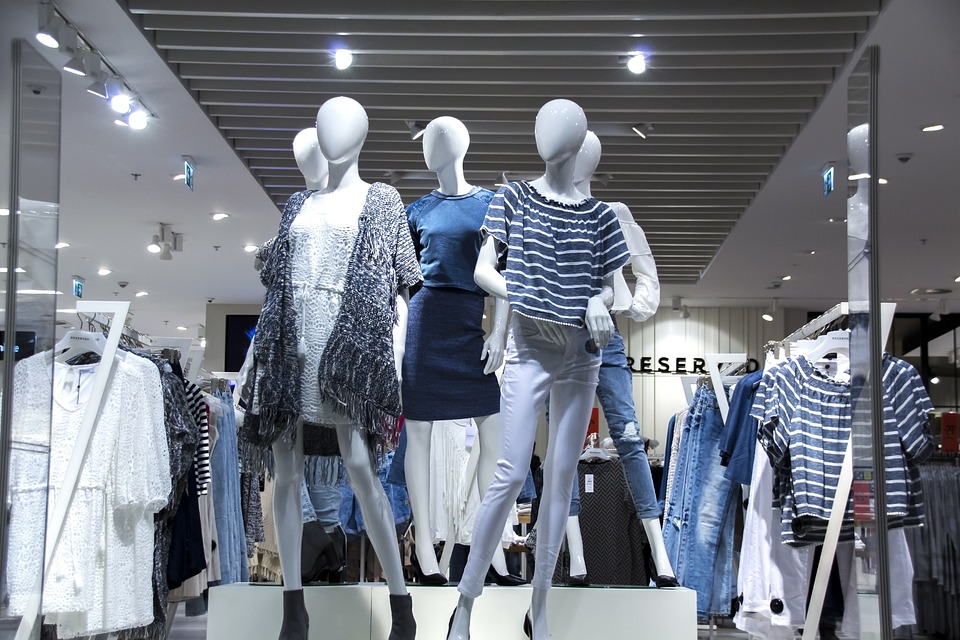Although we tend to associate the word with modern times (at least speaking in terms of the 20th century), the process of branding is probably as old as entrepreneurship itself. Ever since the ancient craftsmen put marks on their products to distinguish themselves, they were, in fact, forming a unique value proposition, influencing how their customers perceive them and building up their brands.
As you would expect, different times and technological shifts entailed different branding techniques. Even if we cut the timeline to the period when we started considering the word in the modern sense, we would see the huge technological and social shifts we witnessed over the last two decades making a strong impact on contemporary branding strategies.
Let’s take a look, then, at some of the most disruptive global trends we have witnessed in the mentioned period and the resulting branding strategies.

Branding in a tightly controlled environment
But, before we jump straight into the contemporary era, we’ll briefly cover the inception of branding and its existence in the tightly controlled environments such as papers and early network television. Even though pushing the message to the audience in this cultural arena was relatively easy, post-WWII consumerism forced marketing experts to search for the original branding solutions.
Then came the fifties and the so-called “Golden Age of Marketing” (the era that was so perfectly captured in Mad Man), when creating an emotional impact became just as important as presenting the very product. This development initiated the era of engaging storytelling when consumers first started opting for products based on the emotional connection to the brand.
Entrepreneurial battles in the following decades were mostly fought through so-called “arm-wrestling,” the practice in which similar brands went head-to-head until one of them died of attrition.

The 90s and the brand as a building block for life
This situation was mostly unchanged until the 80s, the “me” decade when everything became bigger, louder and slightly more egotistical. The shift was ushered by Apple and its iconic 1984 Super Bowl commercial directed by no other than Ridley Scott. The short video became famous for the simple fact that Apple used most of its air time speaking about the ideology of their company and introduced its product at the very end.
In the following years, the branding messages we received followed the development of technology and became more and more cinematic as time went. Also, brands became “building blocks of life” (e.g. Marlboro Man selling you the sense of freedom condensed into a cigarette pack) rather than a simple combination of product and logo.
Crowdculture and brands becoming mediums
Up until the mid and late 90s, mass media was predominantly a one-way street. That drastically changed with the rise of the internet and social media, when consumers became a part of this important conversation. In such an environment, building a brand image and positioning the brand solely by funneling the marketing messages down the pipeline became virtually impossible.

In the same time period, we saw a rise of consumer individualization. Various subcultures that were mostly ignored and geographically isolated during previous decades now found their voice and got the necessary exposure.
On a large scale, this evolution forced brands to stop pushing the content and rather become the mediums through which consumers can experience content in their own terms. Brand stories became more interactive and the imperative of marketing messages became engagement and shareability rather than creativity. Today, the truly strong brands are famous for their content as much as their products.
The logical consequence of this marketing space expansion was the fact that the very process of branding became more holistic and all-encompassing. Today, branding companies need to take care of the entire branding process, starting with product design and logo all the way to marketing and content strategies. Liquid, a great branding agency in Melbourne, could be seen as a perfect example of this new wave of marketing.
On a smaller scale, the exposure overlooked groups got opened up the possibility of participating and even creating new, niche markets, aimed at specific desires of specific customer groups. This development alone gave small and medium businesses new branding opportunities they haven’t got in the age of mass media.
As we can see, branding has come a long way, from being a simple process in which the manufacturer used this tool to find a way to stand out from competition to the modern digital age in which consumers use brands to experience the content they are interested in. An interesting development for sure, but keep in mind that we are still at the very beginning of the digital era. We can only guess where the road will lead us in the following decades.
